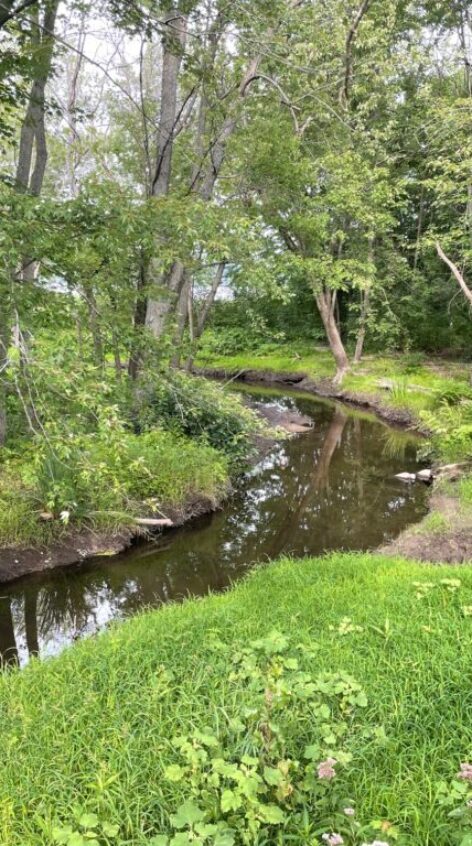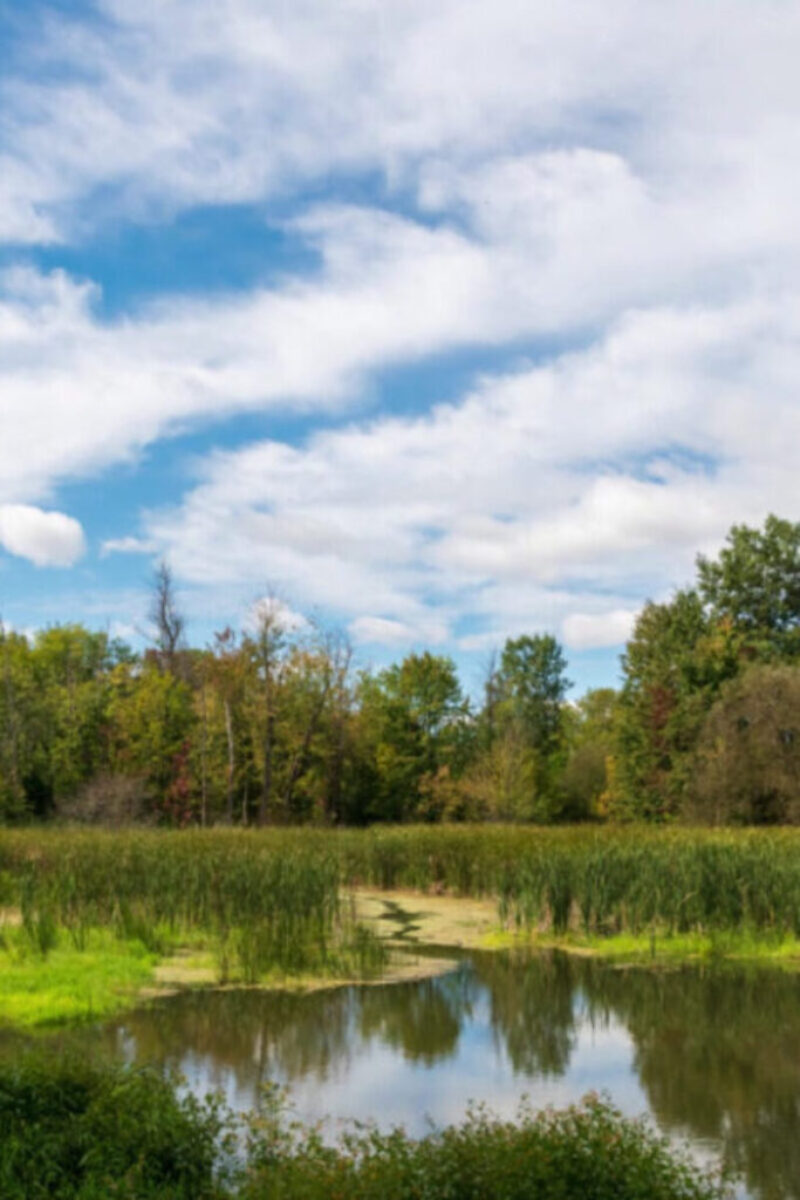About Sandy Beach
Along the banks of the Ottawa River, just west of Montreal, lies one of Hudson, Quebec’s most beloved treasures—Sandy Beach. Known to the local Mohawk community as Skaniatarati, this natural gem offers a rare and endangered blend of riverfront access, thriving ecosystems, and peaceful refuge in a region where open waterfront is increasingly out of reach. For locals and visitors alike, Sandy Beach is more than just a scenic escape; it is a vital community asset that provides health benefits, essential ecological services and a deep sense of belonging.
Partially owned by the Town of Hudson, with 32.5 acres still held by a private owner/developer, the property is now at a crossroads, as the citizens of Hudson decide the future of Sandy Beach.


Where Land Meets Water—and Community
Sandy Beach is located in the heart of Hudson at the mouth of the Viviry River, where it spills into the Ottawa. Together with adjacent Jack Layton Park, the area is an essential part of a diverse web of habitats: 57 acres of sandy cove, wooded wetlands, beaver pond, estuary, and river. This remarkable natural complex is tied together by walking trails, boardwalks, and scenic outlooks.
For more than 120 years, Sandy Beach has served as a vital public space. Residents of Hudson and surrounding towns have enjoyed the area year-round : to walk the trails, swim, birdwatch, to gather with family and friends or just to sit in quiet contemplation.
In southern Quebec, where only 2% of the shoreline remains open to the public, Sandy beach is among the last accessible waterfronts.
More and more, science is confirming what Hudson residents already feel: access to nature improves mental and physical health.
Proximity to green and blue spaces reduces stress, boosts immune function, and promotes healing.
As researchers and policy makers increasingly recognize the importance of “nature prescriptions,” places like Sandy Beach become central to community well-being. Children who grow up with regular outdoor play build stronger cognitive skills and a deeper sense of environmental responsibility. For anyone facing physical or emotional challenges, regular access to trails and open air can be transformative.
A Living Legacy 11,000 Years in the Making
Long before towns and trails, Sandy Beach began forming at the tail end of the last Ice Age. As the Champlain Sea receded some 11,000 years ago, layers of glacial till were reshaped by wind and water. During the Rigaud phase of postglacial retreat, the water level stood 64 metres above what we see today, depositing the distinctive sands that now define the beach.
Over time, the land was sculpted by the merging forces of the Ottawa and St. Lawrence Rivers, and the sandbanks that once extended to Quarry Point began to shrink. What remains accessible to the public today is less than a third of the original beach—still a priceless fragment of geological and human history.


Why This Land Matters: Ecological Richness
The Sandy Beach of today has retained much of the land’s original ecological diversity and resilience. A 2024 biodiversity study identified 343 species on the Sandy Beach site – including 29 at risk. The woodlands and wetlands connect the Ottawa River with the larger Viviry River watershed, a biodiverse corridor that allows species to thrive and ecosystems to remain resilient.
From frogs to foxes, egrets to eagles and monarch butterflies, Sandy Beach supports a web of life that is increasingly rare in developed landscapes.
Researchers rank this area among the most biodiverse in the entire MRC of Vaudreuil-Soulanges.
These habitats are not only biologically significant—they’re essential for climate resilience. The wetlands mitigate flooding by absorbing excess water during storms and spring runoff. The wooded and marshy areas capture carbon and cool the air. Collectively, these natural systems protect Hudson’s built environment while sustaining its living one.
When wetlands and woodlands are carved into parcels or filled for construction, their ecological functions are lost. Fragmentation leads to collapse.
Scientists and conservationists urge that the full 57 acres be preserved, not just pieces.
A Regional Conservation Priority
A report by Eco2urb/Habitat, commissioned by the Town of Hudson, highlights the site’s connectivity value—its role in linking regional ecosystems through the Viviry River corridor. This connectivity is not a luxury; it is fundamental. Without it, the species and ecological services the area provides begin to degrade and disappear.
A report from Terra Humana sponsored by Nature Hudson affirms Sandy Beach’s critical importance as part of a regional network of biodiversity hotspots. And according to a 2023 study by the Institute for Sustainable Finance at Queen’s University, these wetlands constitute natural capital that produce financial value by limiting flood damage, cleaning river water used by downstream cities, and storing carbon.



Protecting this ecosystem is not just an environmental issue—it’s a public investment. Once lost, the costs of replacement are exponentially higher.

A Legacy Worth Protecting
For decades, community members, including the Save Sandy Beach Group, have worked tirelessly to raise awareness and advocate for the land’s protection. Once slated for a development project of 214 households, the future of Sandy Beach now hangs in the balance.
With growing momentum behind a vision of conservation—one in which the entire area is owned and managed for the public good – the Town of Hudson has negotiated a deal to buy the 32.5 acres owned by the owner/developer.
This means protecting all of Sandy Beach in perpetuity, not just from development but from gradual erosion of the biodiversity and character of the land.
Securing the land would enable thoughtful stewardship: trails that protect sensitive areas, signage that fosters education, and habitat restoration that strengthens the ecosystem. It would also send a powerful message.
In an age of climate crisis and community fragmentation, we choose to preserve what truly matters.
In the words of the late Jack Layton and namesake of the adjacent park: “Love is better than anger. Hope is better than fear.” Sandy Beach inspires both love and hope—love for a place that connects us to the natural world, and hope that we can still make the right choices for future generations.
